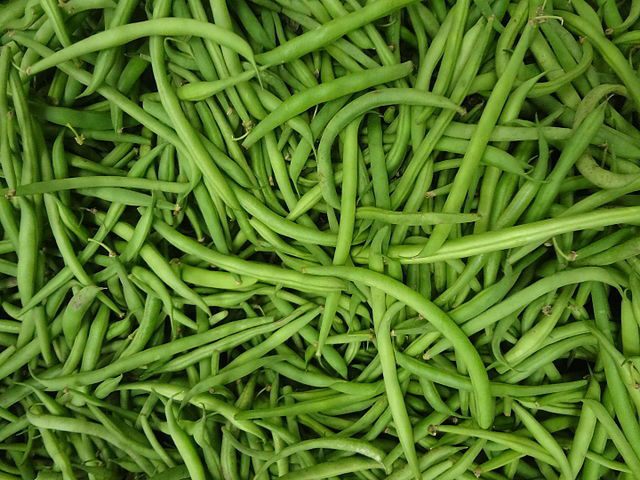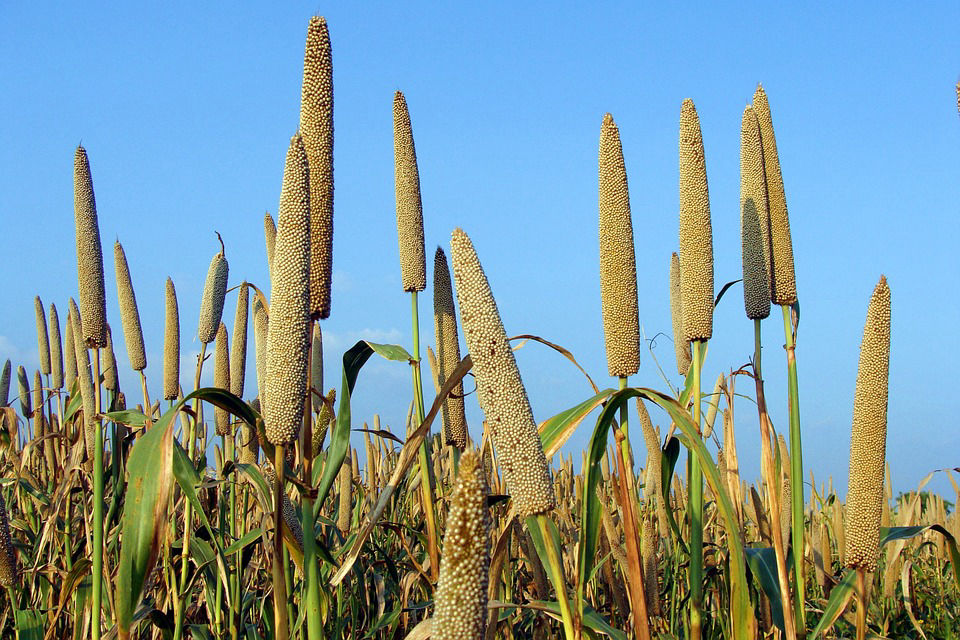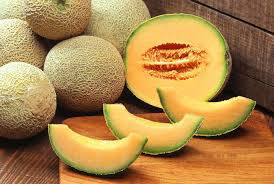Corn or Maize - Zia mays

Cultivated in what is now Mexico over 7000 years ago and spread to both North and south America. It was
bread from a wild perennial grass into many different varieties.

Cultivated in what is now Mexico over 7000 years ago and spread to both North and south America. It was
bread from a wild perennial grass into many different varieties.

Beans developed and what is now Mexico and Central America around 10,000 years ago, and spread to North
America, and are now grown throughout the world. Beans are a herbaceous annual plant grown worldwide for
its edible dry seeds or unripe fruit and the leaves are occasionally used as a vegetable. Beans are a good
source of protein and acquire the nitrogen they require to grow through an association with Rhizobia, a species
of nitrogen-fixing bacteria.

There are five species of Cucurbita that are cultivated with many varieties in each, but none of them can
interbreed with the other species, though easily pollinate within species; Cucurbita argyrosperma, C. ficifolia,
Cucurbita maxima, Cucurbita moschata, and Curcubita pepo, Cucurbita mixto.
They all originated in the area of Central America sometime between 8000 and 10,000 years ago and have
spread worldwide for their edible fruit, seeds and leaves, and are variously known as squash, pumpkin, or
gourd depending on species, variety, and local use. The seed of some are used to make oil and there are also
medicinal uses for squash.

It is believed gourds originated in southern Africa, and were
brought to Europe and the Americas very early in
history, as it was found in Peruvian archaeological
sites dating from 13,000 to 11,000 B.C.

Three crops, winter squash, maize (corn), and climbing beans are planted close together.
Flat-topped mounds of soil are built for each cluster of crops. When the corn or maize is about 6 inches tall,
beans and squash are planted around the maize, alternating between the two kinds of seeds. The process to
develop this agricultural knowledge took place over 5,000–6,500 years ago. Squash was domesticated first,
with maize second and then beans being domesticated last.
The three crops grown together benefit from each other. The corn provides a support for the beans to climb.
The beans provide the nitrogen tin the soil for the other plants use, and the squash spreads along the ground,
blocking the sunlight, helping limit the growth of weeds and helping cool the soil and retain moisture. The
ground cover of squash leaves discourages animals such as raccoons and groundhogs foraging the corn and
squash.
While this interplanting method of gardening is called Three Sisters Gardens many Native Americans included
more than just three crops. Some people planted sunflowers on the North side of the garden so they wouldn’t
shade the other crops but would help attract pollinators. Some cultures also incorporated pollinator plants like
Bee balm (Monarda spp.), Rocky Mountain bee plant (Cleome serrulata), other crops like tobacco (Nicotiana
spp. or amaranth (Amaranthus spp.) which is grown for its edible leaves and seeds.

Amaranth is an annual or short-lived perennial crop developed in the area that is now Mexico and cultivated for
its seed and leaves 6000 -8000 years ago. The Mexicans burned the amaranth fields and banned it because it
was also used in Aztec religious ceremonies that they worked to suppress. Amaranthus is thought to have
represented up to 80% of the Aztec energy consumption before the invasion of the Spanish. The seed were
used as a grain, turned into oil, in drinks an foods, popped like popcorn and used as an ingredient in dishes
with honey, molassas or chocolate. The plant is also used as a dye.

The original origin of okra is disputed by the experts, some suggesting West African, Ethiopian, and South
Asian origins. Today it is cultivated in tropical, subtropical and warm temperate regions around the world. Pods
are cooked, pickled, eaten raw, or included in salads. Young okra leaves may be cooked in a similar way to the
greens of beets or dandelions. The leaves are also eaten raw in salads. Okra seeds may be roasted and
ground to form a caffeine-free substitute for coffee and a greenish-yellow edible okra oil is pressed from okra
seeds that has a pleasant taste and odor.

There are many different types of Millet and they are not necessarily closely related. All are members of the
grass family (Poaceae).
Millets are indigenous to many parts of the world from Asia to Africa, Southeast Asia and Europe. The most
widely grown millet is pearl millet, which is an important crop in India and parts of Africa. Finger millet, proso
millet, and foxtail millet are also important crop species.
Common millet is believed to have been the first domesticated millet dating back about 10,300 years ago and
believed to have had an important role in the rise of multi-crop agriculture and settled farming societies.
Millets and sorghum are grains that are, drought-tolerant crops that are nutrient-rich, gluten-free, high in protein
and antioxidants, and have a low glycemic index, which can help prevent or manage diabetes. Millet is grown
for both forage and grain in the United States, with a large percentage used in wild bird foods. There has
recently been interest in the use of the seed of pearl millet as a livestock feed because of newer hybrids that
are highly productive. The greatest use of pearl millet for grain is in Nebraska and Kansas.

Columbus is known to have carried seeds of it on his second voyage and had them planted on Isabela Island
in 1494.
By the mid-1600's the native people of Florida, the Middle West, and New England melons.

Developed in Africa and brought to the Americas after the Spanish invaded in the early 1500s.

Radishes are annual or biennial and distributed around the world. They and come in varying in size, flavor,
color, and length of time they take to mature. It is not known exactly where it was first domesticated, but there
are wild radishes in Southeast Asia. The smaller types are grown during the cool weather of spring or fall and
usually eaten raw while longer types like daikon, are well-suited for fall planting and winter storage and often
prepared in cooked dishes. The longer types are used as cover crops to provide soil cover, scavenge or
capture excess N applied to the previous crop, suppress weeds, and alleviate compaction with their long roots.

Goldenrod was used my native people as medicine, dye plant, and beverage tea. The Omaha used it as an
indicator plant. When they saw it blooming, they knew corn would be nearing harvest time.
Goldenrod is an excellent nectar plant for pollinators, including the Monarch butterfly, and at least 100 species
of butterflies and moth caterpillars eat it.

Zinnias are annuals, shrubs, and sub-shrubs native primarily to North America, with a few species in South
America. Two species commonly grown in garden are Zinnia elegans and Zinnia angustifolia are Mexican
species. Zinnias come in a variety of colors and are attractive to butterflies, hummingbirds and other
pollinators.

Swiss chard is a type of beet that is used for its highly nutritious leaves. Chard has been used in cooking for
centuries and was first described in 1753. It can be planted and harvested in spring. then because it is biennial, does not
go to seed the first year and can be harvested all season.